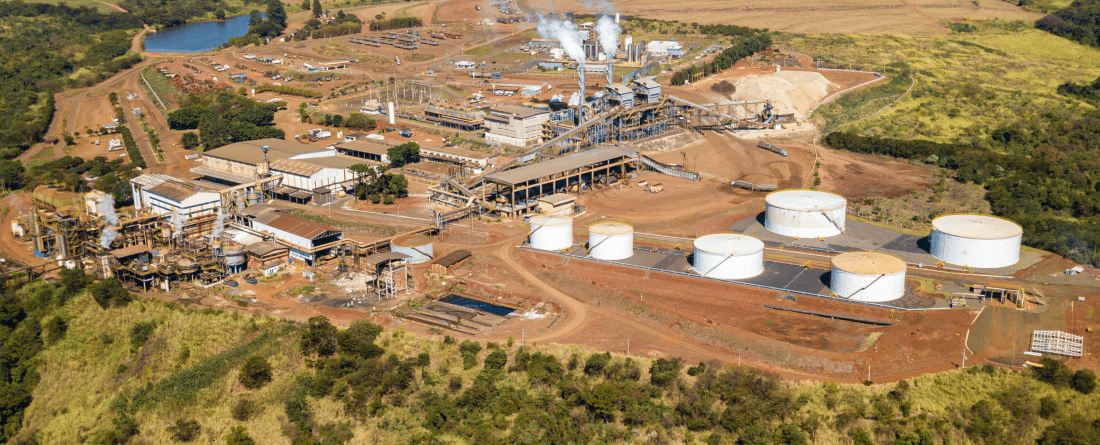
Behrendt, J., J. Williams, H. Zhang, B. Liu, X. Cheng, W. Li, S. Yu, M. Zhu, R. Cui, M. Evans, N. Hultman, H. McJeon, S. J. Smith (2022). Roadmap for U.S.-China Methane Collaboration: Spatial Analysis of Methane Emissions. Center for Global Sustainability, College Park, 9 pp.
This policy brief, based on the new report—Roadmap for U.S.-China Methane Collaboration: Methane Emissions, Mitigation Potential, and Policies—evaluates differences among gridded emissions data from several inventories to better understand uncertainty in historical methane emissions distribution and identify areas for methane mitigation in both the U.S. and China.
Key messages:
- Joint U.S. and China efforts to reduce methane emissions are critical for limiting near-term warming. China and the U.S. are the first and third largest methane emitters, and collectively account for a quarter of global methane emissions today.
- One key challenge for methane mitigation is uncertainties in historical anthropogenic methane emissions inventories. Evaluating the spatial distribution of methane emissions can help improve historical emissions estimates and inform policy targets and mitigation strategies.
- This analysis compared gridded emissions data from four inventory sources for both the U.S. and China. Our results suggest that while there are similarities in estimates of total emissions by region across inventories, the spatial distribution of those emissions across regions varies. Major differences between inventories are likely caused by differences in emission factors and proxy geospatial information used to disaggregate national emissions. These differences are important when gridded emissions data are used by top-down inventories to verify bottom-up estimates.
- This analysis highlighted a number of high-emitting grids, largely in major agricultural and energy producing regions, and highly populated urban areas, suggesting that a number of sites may be contributing to the bulk of emissions in both countries. Targeting sources of methane emissions from facilities with outsized methane emissions could have a significant impact on overall emissions reduction.
- Policy implications from this research include:
- Local, flexible, and targeted policies in major emitting regions may be more cost-effective and may more accurately and effectively measure and reduce emissions compared to blanket policies
- Subnational actors and collaborations may be able to contribute significantly to methane emissions reductions
- Increased accessibility and transparency of facility-level data and improved monitoring methods may facilitate better identification of super-emitting facilities
- More detailed emission factors to increase confidence in bottom-up inventory estimates require more detailed, facility level emissions and infrastructure geospatial data
- Consistent application by the private sector of rapidly improving satellite technologies for Leak Detection and Repair (LDAR) programs may improve the accuracy of emissions monitoring
